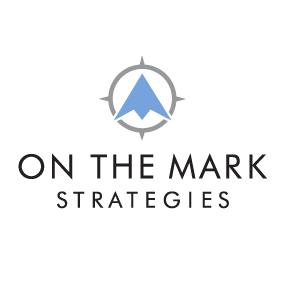Credit union member experience training (sometimes known as sales and service training) often seems limited in scope. At first glance, only member-facing folks need it. Give them a script, offer some tips and go forth to serve the member. Boom. Done and dusted.
But that’s not right…
Your member experience is about so much more than quick scripts or tips. And it’s about so much more than member-facing staff as well. It actually applies to everyone in your organization. The three key groups that need to engage with the credit union member experience are:
- Member-facing staff (of course)
- “Back-office” staff
- Managers and leaders
Let’s go over why your member experience program matters to each group.
Member-facing staff
This one’s obvious. Member-facing folks should know how to appropriately face the member. And yes, that includes knowing how to employ the dreaded “s word”—selling.
But again, this doesn’t mean throwing some scripts at people and handing out some fast service tidbits to use with members. You must start with a mindset. A motivation. Why are you even doing this at all? What are you leading members to? How will you get them there? A journey map can help here.
Your north star puts purpose behind paper. Frontline employees know why they need any sales aids you provide; call center people understand the reason for their scripts.
A note on sales since it’s mentioned a lot in this section . . . recontextualize it. A lot of credit union folks see “sales” as slimy or manipulative. It’s not (when done right). As Alex Goldfayn says, “You’re helping . . . you owe your customers and prospects the opportunity to enjoy and benefit from your value.”
Remind your member-facing staff they offer solutions meant to help people. You don’t (and shouldn’t) push products someone doesn’t need.
“Back-office” staff
You probably noticed “back-office” in quotations. That’s because it’s not a good term to describe these team members. It’s a misnomer that makes it sound like they’re shut away from the humans. But their impact on members is very, very real.
Your IT team’s work affects members’ digital relationship with your credit union. Your HR professionals’ staffing decisions affect service quality in the branches. The results of “back-office” decisions are actually very . . . front-office.
So, a better term is “member-impacting staff.”
You can’t afford to let these employees check out of your credit union member experience program. They need to know what situations the member-facing team confronts, as well as the importance of the brand and working as one team. Your member-facing staff are only as effective as your member-impacting staff. That’s why your level of external service to members will never rise above your level of internal service to each other.
Managers and leaders
The fish rots from the head down. If managers and leaders don’t buy into the credit union member experience program . . . no one will. You must care about the program.
Managers do this by exercising accountability. Are you holding direct reports accountable for living the program? Enforcing your program lets people know how serious it is. Factor it into performance scorecards and regular meetings to always keep it in focus.
Upper leaders display their passion for the program by living organizational values and consistently promoting it. In other words . . . you shun hypocrisy and refuse to let people forget about why you serve members. Set the member experience as a priority at the top and its importance will flow down throughout the credit union.
Don’t put training on the back burner
Many credit unions don’t have time to train the entire staff on a member experience program. Or they aren’t sure what works best. Or they think cutting training might save some money.
And maybe it will save some money in the short term . . . but it will cost you a lot more in the long term. Address your problems now and get help if you need it. But whatever you do, don’t put training on the back burner.
Uniting your organization around member service is too important to wait.








